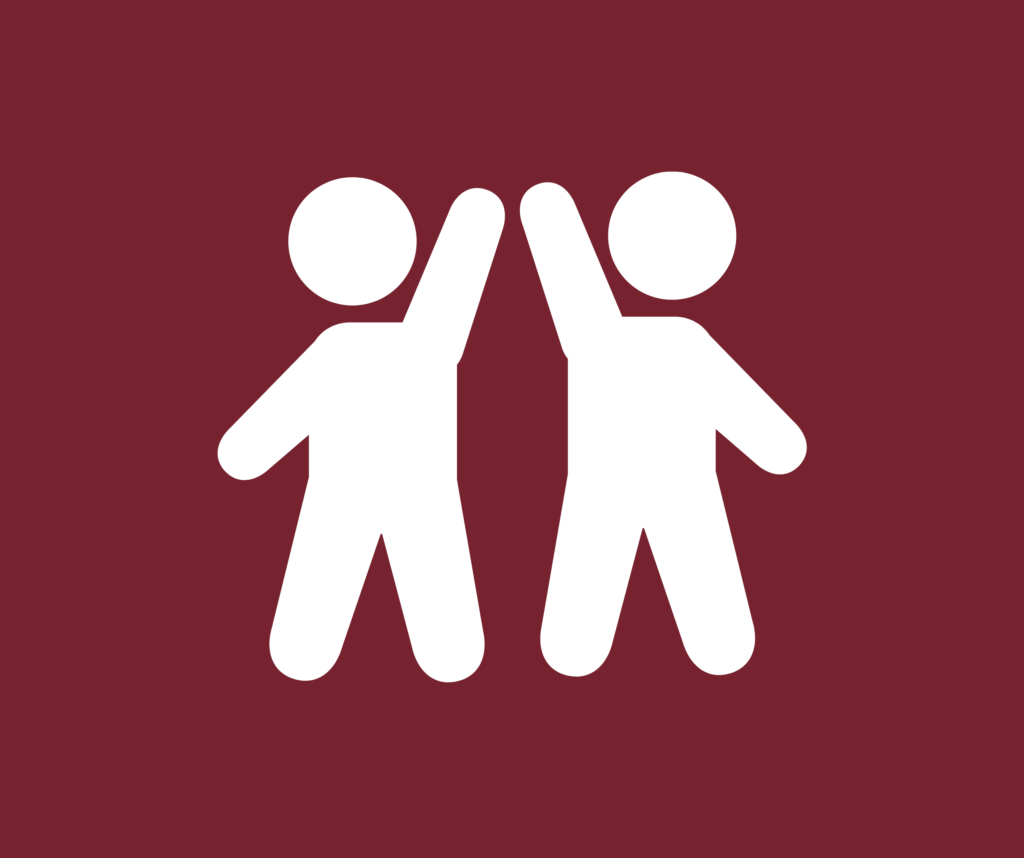
Walkability Action Institute

Many of NACDD’s WAI Alumni teams achieved new outcomes as a result of their interdisciplinary approaches to create more walkable and movable places within their communities. Collectively, the WAI Alumni Network has voluntarily self-reported the achievement of more than 1,400 different outcomes (see examples below) reaching over 60 million people across 36 states, while leveraging nearly $540,000,000 from various funding sources to support the implementation of walkability-related strategies.
- Policy/Plan – new plans or policies such as new or updated Long-Range Transportation Plans, Active Transportation Plans, Comprehensive Safety Action Plans, or Complete Streets policies
- Systems Improvements – improving grant and project scoring criteria to prioritize bicycle and pedestrian safety, integrating equity into regional project applications, or allocating funds for active transportation projects
- Changes to Community Built Environment – new or enhanced pocket parks, trail and multimodal connectivity, improved park access, street redesigns, bicycle facilities, and enhanced pedestrian crossing facilities.
WAI Success Stories
WAI Outcomes
Active People, Healthy Nation NACDD Walkability Action Institute Project Outcomes℠
Year 1 (2015, Cohort 1) Outcomes Tracker to Date
Year 2 (2016, Cohort 2) Outcomes Tracker to Date
Year 3 (2017, Cohort 3) Outcomes Tracker to Date
Year 4 (2018, Cohort 4) Outcomes Tracker to Date
Year 7 (2021, Cohort 7) Outcomes Tracker to Date
Year 7 (2021, Cohort 8) Outcomes Tracker to Date
Year 8 (2022, Cohort 9) Outcomes Tracker to Date
Year 8 (2022, Cohort 10) Outcomes Tracker to Date
Year 9 (2023, Cohort 11) Outcomes Tracker to Date
Year 9 (2023, Cohort 12) Outcomes Tracker to Date
Year 9 (2023, Cohort 13) Outcomes Tracker to Date
Year 9 (2023, Cohort 14) Outcomes Tracker to Date
Executive Summary
Lorem ipsum dolor sit amet, consectetur adipiscing elit. Ut elit tellus, luctus nec ullamcorper mattis, pulvinar dapibus leo. Lorem ipsum dolor sit amet, consectetur adipiscing elit. Ut elit tellus, luctus nec ullamcorper mattis, pulvinar dapibus leo. Lorem ipsum dolor sit amet, consectetur adipiscing elit. Ut elit tellus, luctus nec ullamcorper mattis, pulvinar dapibus leo. Lorem ipsum dolor sit amet, consectetur adipiscing elit. Ut elit tellus, luctus nec ullamcorper mattis, pulvinar dapibus leo. Lorem ipsum dolor sit amet, consectetur adipiscing elit. Ut elit tellus, luctus nec ullamcorper mattis, pulvinar dapibus leo.
Photos From Cohorts
 Many of NACDD’s WAI Alumni teams have achieved new outcomes as a result of their cross-disciplinary approaches to create more walkable and movable places within their communities. The WAI Alumni Network has collectively and voluntarily self-reported the achievement of more than 1,400 different outcomes reaching over 60,000,000 people across the 36 states, while leveraging nearly $540,000,000 from various funding sources to support walkability-related implementation strategies.
Many of NACDD’s WAI Alumni teams have achieved new outcomes as a result of their cross-disciplinary approaches to create more walkable and movable places within their communities. The WAI Alumni Network has collectively and voluntarily self-reported the achievement of more than 1,400 different outcomes reaching over 60,000,000 people across the 36 states, while leveraging nearly $540,000,000 from various funding sources to support walkability-related implementation strategies.
These outcomes have come in the form of new plans or policies, such as new or updated Long-Range Transportation Plans, Active Transportation Plans, Comprehensive Safety Action Plans, or Complete Streets policies, among others. New systems improvements have been accomplished by way of improving grant and project scoring criteria to prioritize bicycle and pedestrian safety, equity integration into regional project applications, or budget allocation for active transportation projects, as examples. Changes to the built environment have included examples like new or enhanced pocket parks, trail and multimodal connectivity, improved park access, street redesigns, and enhanced pedestrian crossing facilities.

Many of NACDD’s WAI Alumni teams achieved new outcomes as a result of their interdisciplinary approaches to create more walkable and movable places within their communities. Collectively, the WAI Alumni Network has voluntarily self-reported the achievement of more than 1,400 different outcomes (see examples below) reaching over 60 million people across 36 states, while leveraging nearly $540,000,000 from various funding sources to support the implementation of walkability-related strategies.
- Policy/Plan – new plans or policies such as new or updated Long-Range Transportation Plans, Active Transportation Plans, Comprehensive Safety Action Plans, or Complete Streets policies
- Systems Improvements – improving grant and project scoring criteria to prioritize bicycle and pedestrian safety, integrating equity into regional project applications, or allocating funds for active transportation projects
- Changes to Community Design – new or enhanced pocket parks, trail and multimodal connectivity, improved park access, street redesigns, and enhanced pedestrian crossing facilities
